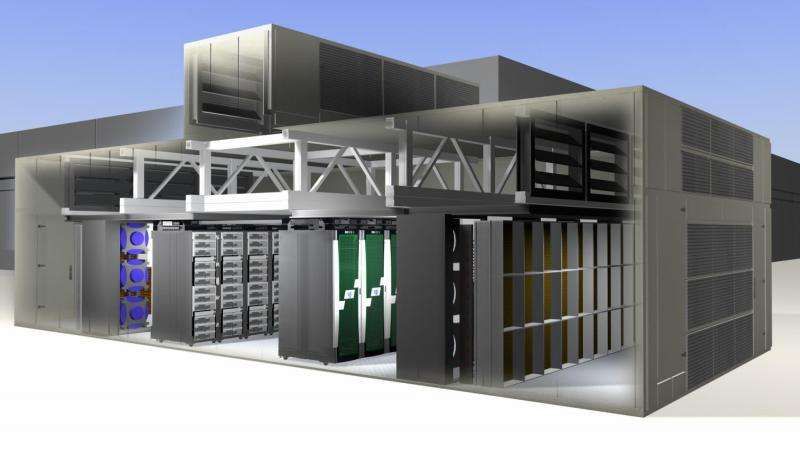Supercomputing Facility Saves Millions of Gallons of Water
Published on by Marina A, Previously Key Account and Content Manager at AquaSPE AG in Technology
NASA is implementing new water and energy saving methods with Electra, a prototype modular supercomputing facility.
 Supercomputers use tens of millions of water only for cooling. If this consumption could be reduced, vast amounts of water and energy could be saved.
Supercomputers use tens of millions of water only for cooling. If this consumption could be reduced, vast amounts of water and energy could be saved.
NASA has set an example if how cooling supercomputers in en efficient way could become more cost-effective and have great impact on the environment.
NASA's Modular Supercomputing Facility (MSF) uses fan technology for cooling, which in comparison to mechanical refrigeration reduces the energy consumption by 10%.
Electra will save 1.300.000 gallons of water (almost 5.000.000 l) and 1.000.000 kW/h of energy per year.
This amount of water and energy is used annually in around 90 households and equals in saving $35 million dollars.
Saving this money will enable new similar facilities to be built as this is approximately the cost of a half of such a big facility.
Electra can make complex calculations in a matter of nanoseconds but one of the most important things about it is its flexibility as sections can be added or removed without the operations disruption.
Electra will enable additional 280 million hours of usage, while maintaining full capacity.
The Modular Supercomputing Facility was built and installed by NASA partners SGI/CommScope and is managed by the NASA Advanced Supercomputing Division at Ames.
Media
Taxonomy
- Water
- Cooling Systems
- Conservation
- Energy
- Water
- Energy
- Conservation
- Cooling
- Water
- Conservation
- Supercomputers
- Energy Conservation